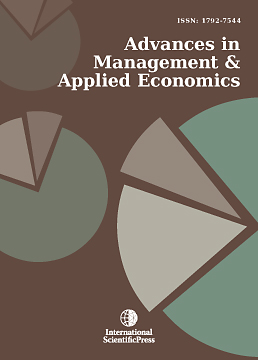Advances in Management and Applied Economics
Factors Affecting the Recruitment of Foreign Migrant Workers in Taiwan: A Case Study of Vietnamese Migrant Workers
-
 [ Download ]
[ Download ]
- Times downloaded: 92
Abstract
The global development has led to a huge increase in the number of cross-border mobile employment, and many advanced industrialized countries have introduced cross-border migrant workers in order to continue their economic development. Taiwan began to introduce foreign migrant workers in 1989, and has since opened up various application qualifications and quotas for migrant workers in different sectors. By the end of 2022, there were about 228,000 Vietnamese industrial migrant workers in Taiwan, which was the largest number, accounting for 45% of the total number. Therefore, this study discusses the distribution of countries from which Taiwan imports foreign workers and the countries to which Vietnam exports workers, and compares and analyzes the relevant laws and policies of Taiwan government and Vietnamese government. In addition, issues related to migrant worker policies and human resources agencies are discussed through in-depth interviews with human resources agents and questionnaires on Vietnamese migrant workers in Taiwan. Although many past studies focused on foreign workers, in recent years, the demand for industrial workers has changed due to the pandemic, and Taiwan has faced low birth rate, aging and other factors, which has also impacted the labor supply in the job market. Under this situation, the problem of labor shortage may become more serious. Therefore, this study also analyzes the influence of pandemic and other related factors, hoping that the research results can provide references for related fields of industry, official and university.
JEL classification numbers: E24, J21, J48.
Keywords: Migrant worker policies, Human resources agencies, In-depth interviews.
